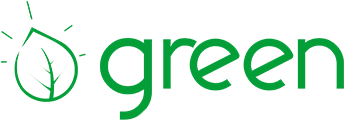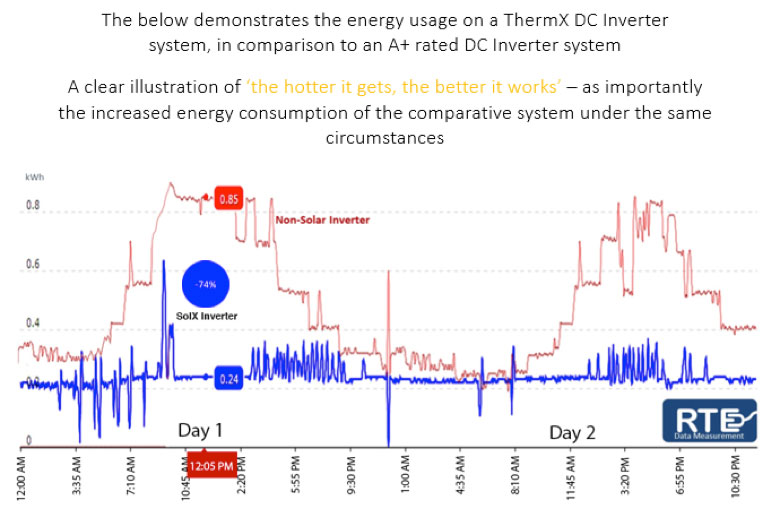First Solar Steps
Energy Efficiency Pyramid
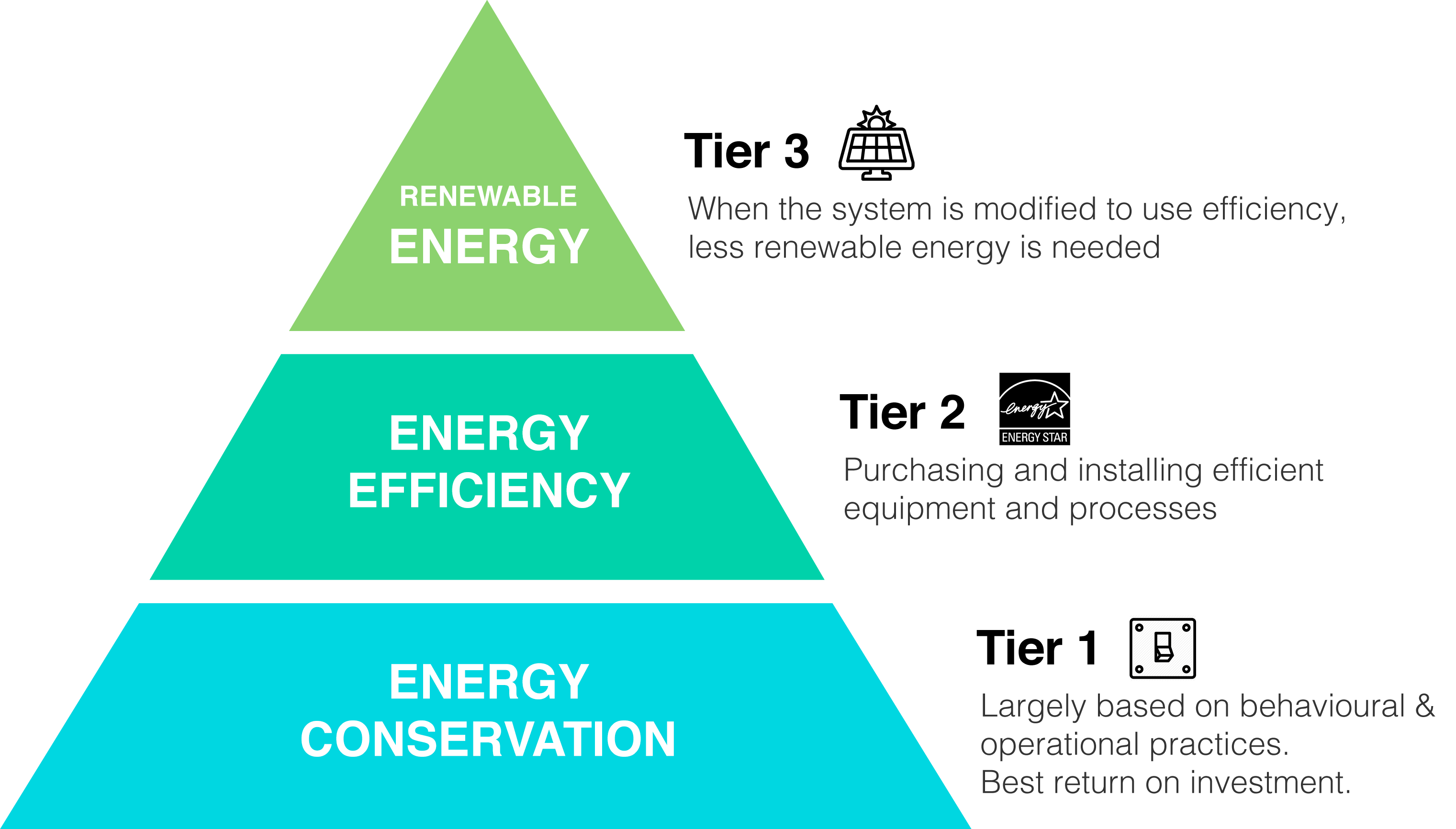
Tier 1 is the first stage of energy efficiency to adopt - as building users take steps to understand their energy consumption, and then conserve energy by changing their energy usage, ie turning off lights, altering HVAC temperatures and run times, installation of a power monitor to record real time energy consumption is a great method of understanding your typical consumption through a 24hr period. Tier 1 processes save the largest amount of money and payback to the building owner immediately. Ie 100% ROI
Tier 2 is the second stage of energy efficiency to adopt - as building users take steps to consider how they can make their existing home more efficient, through adoption of energy efficient technologies. Energy efficient appliances (energy star branded), energy efficient HVAC (>18 SEER efficiency rating), Solar thermal technologies such as solar water heating and solar thermal HVAC, solar pool pumps. Tier 2 processes give the building owner great savings with paybacks in the 2-3 year brackets. Ie 30-50% ROI
Tier 3 is the third stage of energy efficiency to adopt - after consideration and completion of Tier 1 &2 it’s the time to move to Tier 3, at this stage you are running an energy efficient operation, with building owners understanding their power consumption. Now is the time to consider a renewable energy system such as a grid tied or grid interactive solar installation. The building owners consideration of Tier 1 & 2 will pay dividends in Tier 3, as the power consumption has already been greatly reduced and the renewable energy system you install will be much smaller than if you were to jump directly into Tier 3, without considering Tier 1 and 2. Tier 3 processes give the building savings with paybacks in the 4-10 year bracket. Ie 10-25% ROI.
Considerations
Going solar at your home or business is a big step towards reducing your monthly power bill and reducing greenhouse gas emissions.
Your solar system will also provide you with power in the event of a power outage.
When considering solar power for your home or business:
- Look at your electricity bill and see how many kilowatt hours are being used in a month.
- Identify the largest electrical consumers in your home and consider how to reduce their runtimes. E.g. Air conditioning, water heating, pool pumps, refrigeration and cooking stoves.
- Consider the efficiency of existing appliances (older are usually less efficient).
- Replace older HVAC systems with the latest inverter systems.
- Operation and runtimes of pool pumps should be reviewed.
- Understand how your power consumption varies throughout a typical 24hour period. This can be carried out by installing a power monitor which monitors real time power consumption.
- Consider mounting location for your Solar panels. They need to be South facing for the best performance with no shade. East & West facing roof or ground mounted system are an option as long as they are not in shadow.
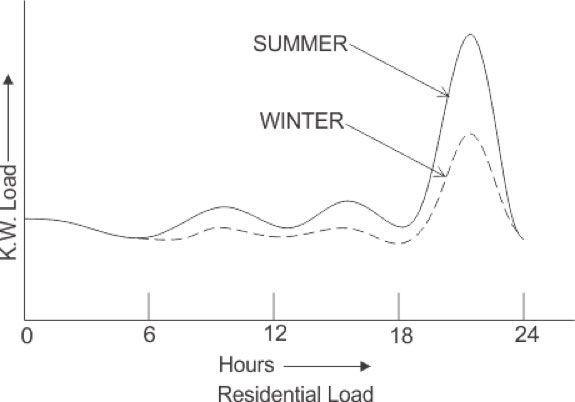
HVAC
HVAC systems are notoriously heavy power consumers, older systems are the worst offenders, especially if they aren’t maintained on a regular basis.
Convert older existing HVAC systems to newer Inverter based systems for a 25-35% Return on Investment (ROI), saving you money instantly.
To achieve a further 35-40% savings on top of the savings above, consider our HVAC Thermal Collectors. These can be installed in line with an existing HVAC unit, or new HVAC unit.
Domestic Hot Water
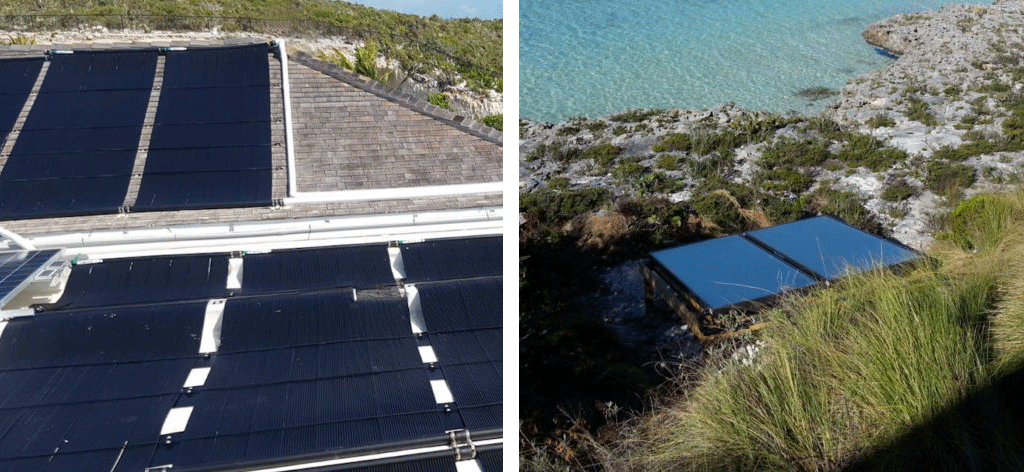
Domestic Hot Water savings are easy to achieve with either an Active Thermal Collector system mounted on the roof or a Photo Voltaic powered system. These systems heat the water during the day, using the power of the sun, and are backed up by the utility power grid, so if you run out of hot water at night the water will be heated using utility power grid backup.
Pool Pumps
Anyone operating a pool can benefit from the solar pump system. The pump runs on solar power to filter your pool. No more big bills for running a pool. These systems can be backed up by the utility grid where required.
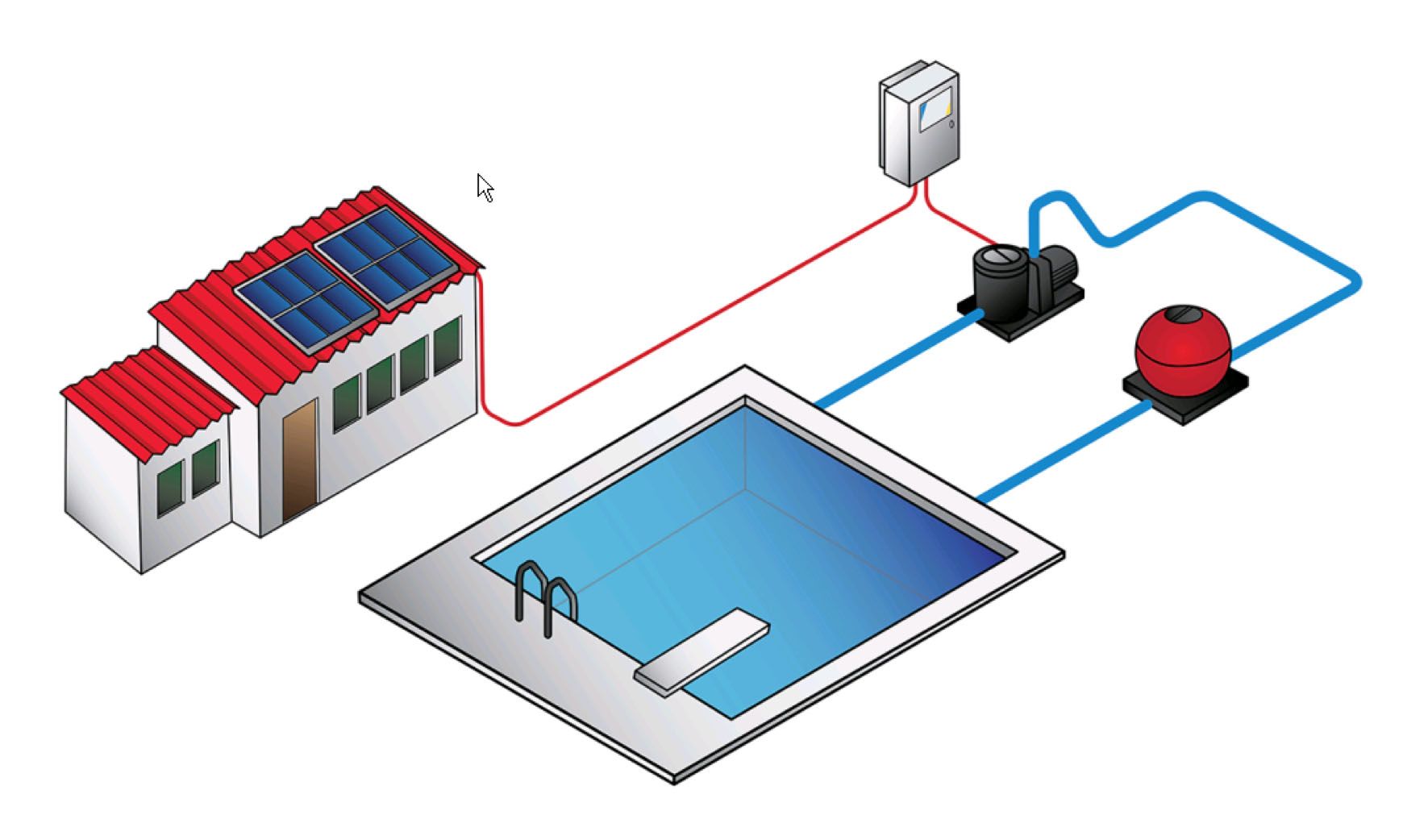
Pool Heaters
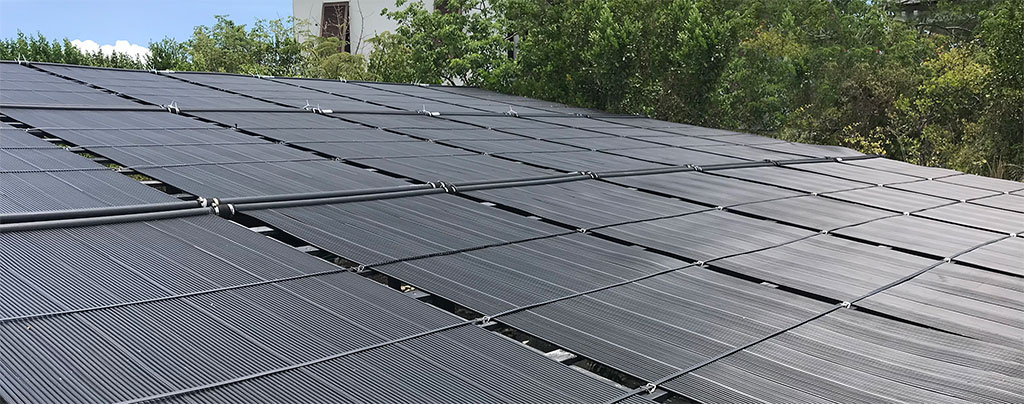
Gas and electric pool heaters are an expensive luxury, with annual power and gas bills in the high thousands. With a solar pool heater, you can heat your pool with the power of the sun, incurring no power or fuel costs. Savings are instant with ROI’s of >50%.
Electric Stoves
If you use an electric stove for cooking, switching over to LPG is another option to dramatically reduce your power bill.
Photovoltaic Solar System
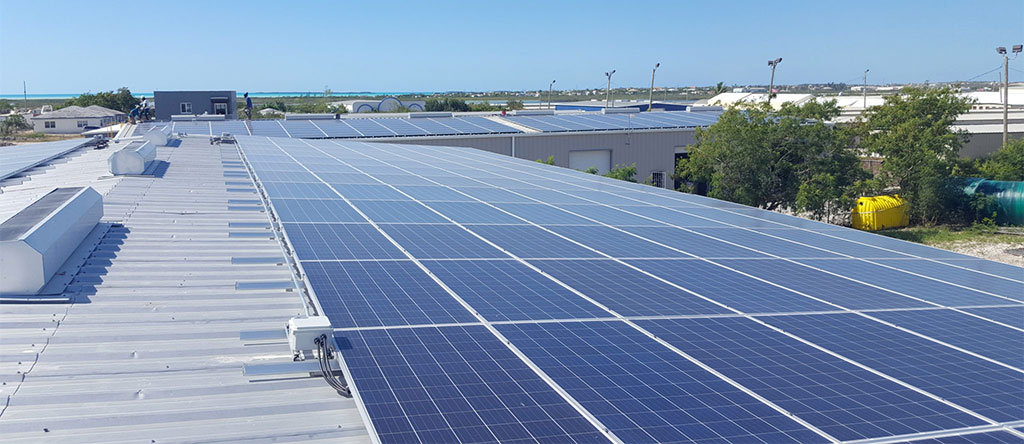
The ultimate solution is to generate power during the day and store it in batteries to use after the sun has gone down. This gives you the best performance during power outages. However, this is a more costly option initially, however, the warranties that are available on certain products can give a level of satisfaction in case a component should fail. Panels usually 25 years, Inverters and Lithium-Ion batteries approx. 10 years.
Solar power is generated during the solar window, which in the Caribbean region is between 10am and 4pm, this is when the Photo Voltaic panels are producing at their maximum power. This is the time to use this power or alternatively store it in batteries for use during the evening.
One of the things to consider when considering Solar technology for your home is what is the payback period or return on investment.
Always consider using a professional organization to design and install your system.
